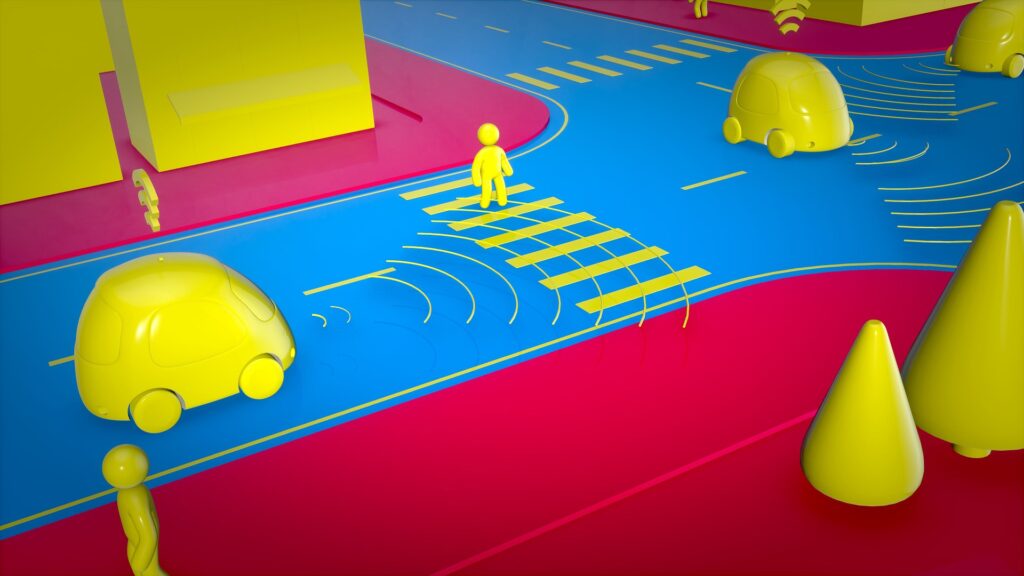Mobility
Sustainable Mobility

Tyres are an important enabler of sustainable mobility: they are the only point of contact between the vehicle and the road and because of their rolling resistance and account for up to 30% of the fuel consumption of vehicles.
Digital Mobility

The tyre, mobility and aftermarket services are being disrupted and reshaped through the use of data. In this emerging and promising market, access to vehicle data is a key enabler of innovation and services provisioning.

